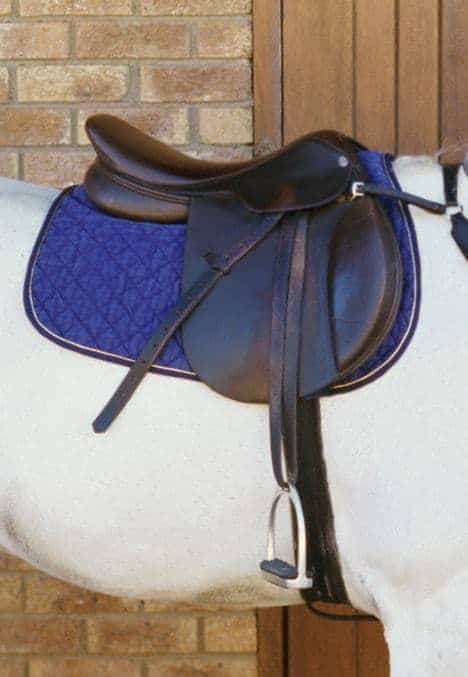Horse Handling Table Topic (AAEP 2011)
Understanding how the horse sees the world is key to developing a practical handling approach.
Understanding how the horse sees the world is key to developing a practical handling approach.

The amount of tension needed on the reins to maintain contact with the bit varies with noseband tightness.
Regardless of the bit used, each horse’s performance remained constant in the two dressage tests.

The system includes animal-based measurements developed from criteria described in scientific literature.

Horses treated with pheromones were less stressed during cognitive sessions after travel than untreated ones.

Investigative behavior applied to training can help jumping horses gain confidence when faced with new jumps.

A research team found that in young horses, as heart rate increased performance quality decreased.

One experiment showed a trend suggesting it was possible, but another refuted that evidence.

Conventional saddles were much more effective in distributing pressure evenly over the horse’s back.

Riders and handlers might have a considerable affect on a horse’s behavior, especially in fearful situations.

Natural training methods produced fewer signs of stress in young horses at three important stages of training.

Researchers found a definite trend towards fundamental gender differences in equine behavior.
No significant differences in stress between horses working in hyperflexion and those that did not were noted.

Horses need good health care, and to be treated fairly and as individuals to perform at their best.

There was no significant difference in stress levels between horses that were branded or microchipped.
This year he started displaying stallionlike behavior when the mares he’s
Stay on top of the most recent Horse Health news with
Notifications